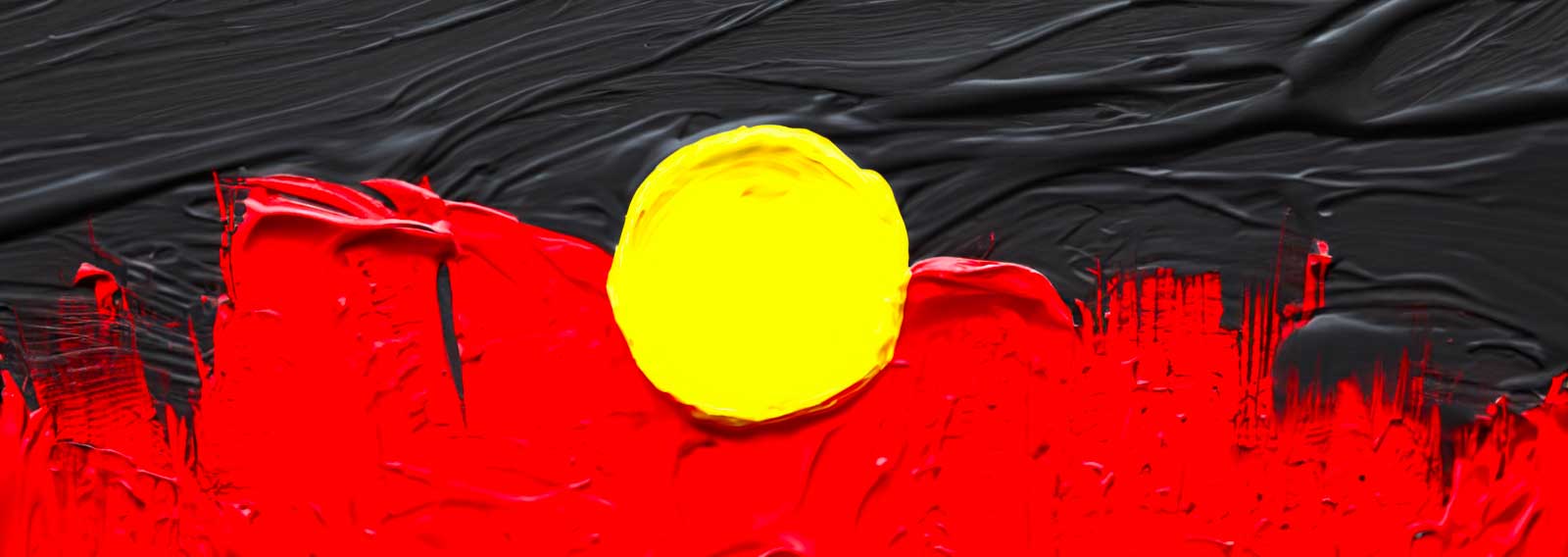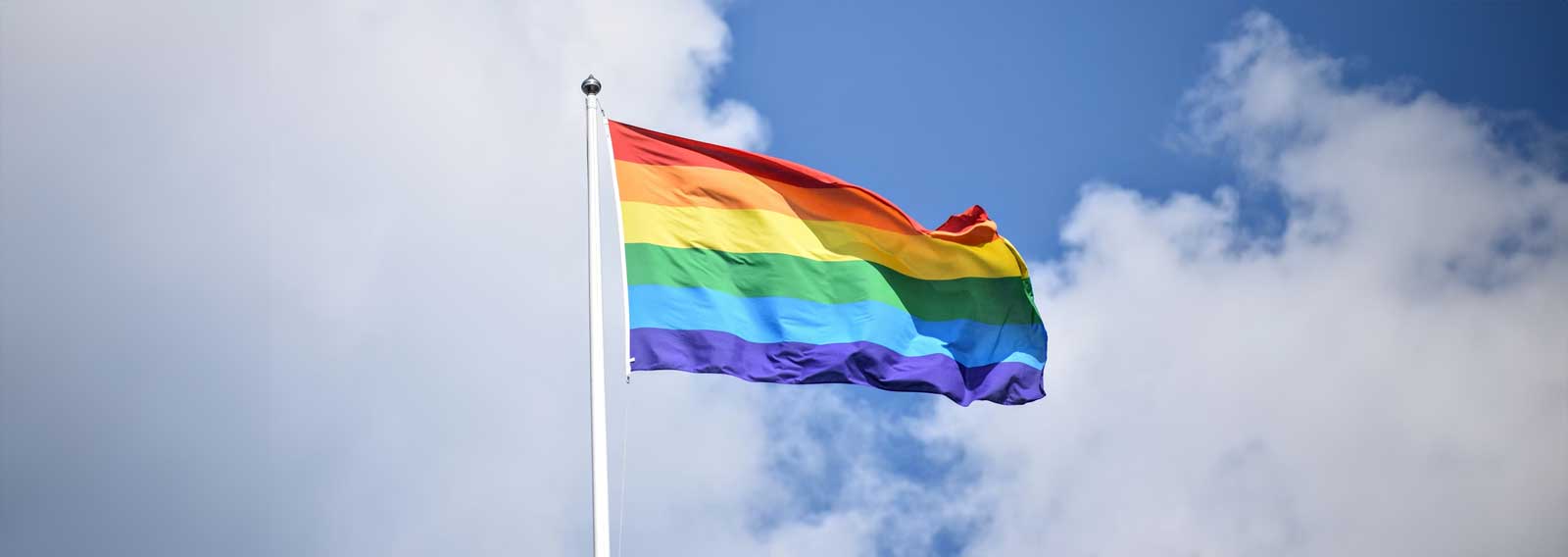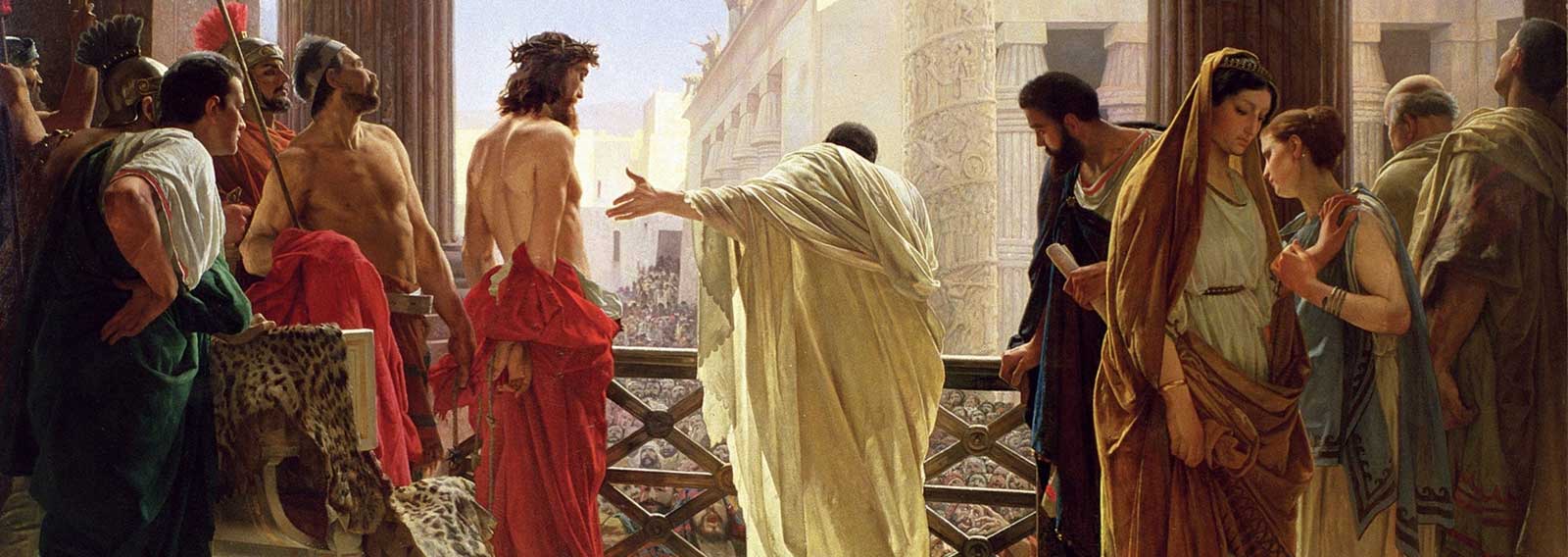This is a very difficult article to write, and the reader is encouraged to consider every word as part of a whole, to not jump to conclusions, infer things not explicitly said or to choose to take offence where none is intended.
It is intended to intellectually honestly describe the inherent and unsolvable problems of the Aboriginal flag.
At the end of the article, the reader is of course free to reach a different conclusion about the flag and even opinions about my character and motives in writing (however true or fanciful) – but the facts about the flag’s origins, history and purpose are not subjective or a matter or opinion.
The terrible truth of the Aboriginal flag is right there in its name. Unlike national flags, it doesn’t represent a unified state with any possibility for outsiders to be welcomed. Whatever positives about the flag may sometimes be true, it is always racially exclusive. It exclusively represents a single ethnic group, one that no one can join without the “right” ancestry.
The only unifying idea for the hundreds of various indigenous tribes it claims to represent may be differentiation from and a spirit of rebellion against the Commonwealth of Australia.
It is nationally divisive in its origins, history and purpose.
“Rebellion is as sinful as witchcraft, and stubbornness as bad as worshiping idols.”
1 Sam. 15:23
The Aboriginal flag was designed by Harold Thomas in 1971 to commemorate “National Aborigines Day,” which was originally called the “Day of Mourning”.
The Day of Mourning was a 1938 idea by the “Australian Aborigines Progressive Association” (AAPA) which represented a number of racial justice organisations. William Cooper wrote a letter from the AAPA calling for a Day of Mourning to be held on the same day as Australia Day, 1938. He described their political agenda as “full justice and recompense” for “all aborigines, of whatever stage of culture, after 150 years of British rule”.
The striking resemblance to modern critical race theory and anti-Australia Day protests are not coincidental and don’t end there for the Aboriginal flag.
In 1972 with the flag barely a year old, the Aboriginal tent “embassy” adopted the Aboriginal flag as a symbol of its spurious claims to sovereignty and permanent protest against the Commonwealth of Australia.
When our Constitution says, “The people of New South Wales, Victoria, South Australia, Queensland and Tasmania,” it intentionally includes all people – everyone equal in law and without racial discrimination.
When our anthem’s lyrics rejoice that Australia is “one and free,” it deliberately includes everyone in a prayer for increasing unity and liberty: a cohesive society and inalienable, equal freedoms for all people.
The Australian flag represents those intentions and values.
The Aboriginal flag and tent “embassy” opposes those values.
Scripture also reveals Almighty God has determined we should be here and now as one nation and one race.
“And He has made from one blood every nation of men to dwell on all the face of the earth, and has determined their preappointed times and the boundaries of where they would live…”
Acts 17:6
If someone flying or wearing the Aboriginal flag or its symbolic colours understands they are promoting Aboriginal separatism, that is their right, but it is clearly un-Australian and un-Christian to divide us by ethnicity as that flag’s origins and purpose intend to.
The Aboriginal flag’s symbols are not just politically toxic, but symbolic of false religion as well.
As stated by its designer, Harold Thomas, the top half of black represents the Aboriginal people of Australia. There’s no room for whites or other shades of melanin – it’s exclusive.
The bottom half represents the red soil of Australia, the ochre used in rituals and the Aboriginal religious belief that the spirits of people born on this land pre-exist in the soil, enter babies when they’re born, and return to the soil when they die. This in turn gives rise to the spiritism (ancestor worship) inherent in “Welcome to / Acknowledgement of Country” rituals some Christians also affirm.
There is no room in Christianity to mix false religions with the Gospel. God creates our spirit, body and mind/soul in His Image, and when our body dies and decays our eternal spirit returns to God – not the soil.
Both claims can’t be true, and Truth matters more than anything else.
The red also represents the blood of Aborigines. According to Nova Peris’ testimony before a Senate Select Committee on the Aboriginal Flag in 2020, this is “for all the blood that has been shed.” It’s not likely she was referring to centuries or millennia of pre-European violence in the disputes, massacres and genocides that occurred between tribes and clans; but more divisively selective, anti-Australia history.
These are also sinister overtones in the symbolism of “blood and soil“, an ultranationalist slogan with a problematic history in the mystical beliefs regarding a special relationship between the Germanic people and their land, used to justify land seizures in Eastern Europe. The similarities to Aboriginal mystical beliefs and subsequent claims of sovereignty were fundamental to the Uluru Statement From the Heart, are used to justify increasing seizures of land and should not be lightly dismissed:
“This sovereignty is spiritual notion: the ancestral tie between the land, or ‘mother nature’, and the Aboriginal and Torres Strait Islander peoples who were born therefrom, remain attached thereto, and must one day return thither to be united with our ancestors. This link is the basis of the ownership of the soil, or better, of sovereignty.”
Whatever else it may mean to some people subjectively, the Aboriginal flag is an objective symbol of protest, resentment, bitterness and rebellion against Australia.
The yellow circle is a symbol of worship of nature, representing the sun as the protector and giver of life. Such flagrantly pagan idolatry has no place in any Christian’s affections!
Contrastingly, the Australian flag is adorned by four Christian crosses. The flags of Saint George, Saint Andrew and Saint Patrick form the Union Jack – all designed to honour the sacrifice of Jesus Christ on the cross where He gave His life as atonement for our sin: the purest reconciliation available in world history. The Southern Cross is God’s own design of the cross, recognised as significant because of the unifying importance of that instrument for all nations, tribes and people.
Christ alone truly is the Giver of natural and eternal life, and by Him, everything was given existence – including the relatively puny sun of every solar system.
“Then Jesus came up and said to them, ‘All authority in heaven and on earth has been given to Me. Therefore go and make disciples of all nations, baptising them in the Name of the Father and the Son and the Holy Spirit, teaching them to obey everything I have commanded you. And remember, I am with you always, to the end of the age.’”
Matt. 28:18-20
Feel free to disagree on religious doctrine, but the Aboriginal flag’s representation of domestic rebellion, racial division and pagan religion is more than a little problematic for Bible believers if not all Australians.
How can racial reconciliation be possible with one ethnic group that refuses to see themselves as unified, having common cause and equal in all ways that truly matter? How can others be asked to not discriminate against one ethnic group that proudly discriminates between themselves and everyone else?
For the sake of rejoicing in our unity and liberty, let’s put aside all symbols of unforgiveness, rebellion and division, and advance as one unified nation with one anthem, one flag, one law and one future: together.






















